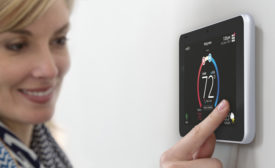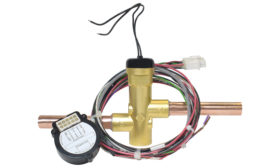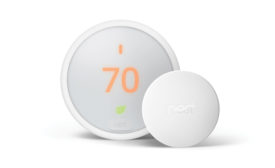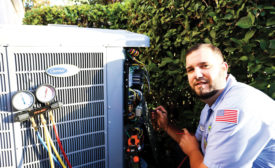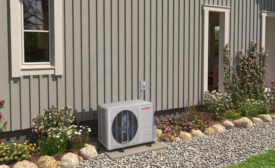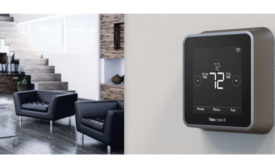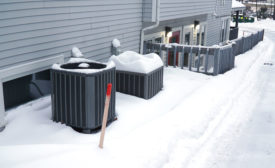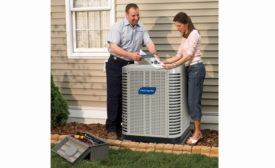Residential Controls
Control and Reliability Earn DunAn Microstaq DDA Gold Recognition
Lennox, Emerson round out this year’s light commercial category winners
Read More
Easy Installation, Use Highlight Residential Controls Offerings
Nest takes gold for its Nest Thermostat E + Nest Temperature Sensor
Read More
Time to Recommend Comfortable, Efficient Hydronic Technology
Consider new, programmable thermostats with Wi-Fi capabilities, too
Read More
Understanding How to Sell Home Automation Products
Becoming familiar with and introducing smart HVAC units, security systems, and more
Read More
When Do Contractors Suggest Heat Pumps to Consumers?
Climate, envelope, and energy costs are all factors in the decision
Read More
Technician-Friendly Heat Pumps Gaining Market Share Across US
Inverter compressors, self-diagnostics propel heat pumps forward
Read More
Copyright ©2024. All Rights Reserved BNP Media.
Design, CMS, Hosting & Web Development :: ePublishing
